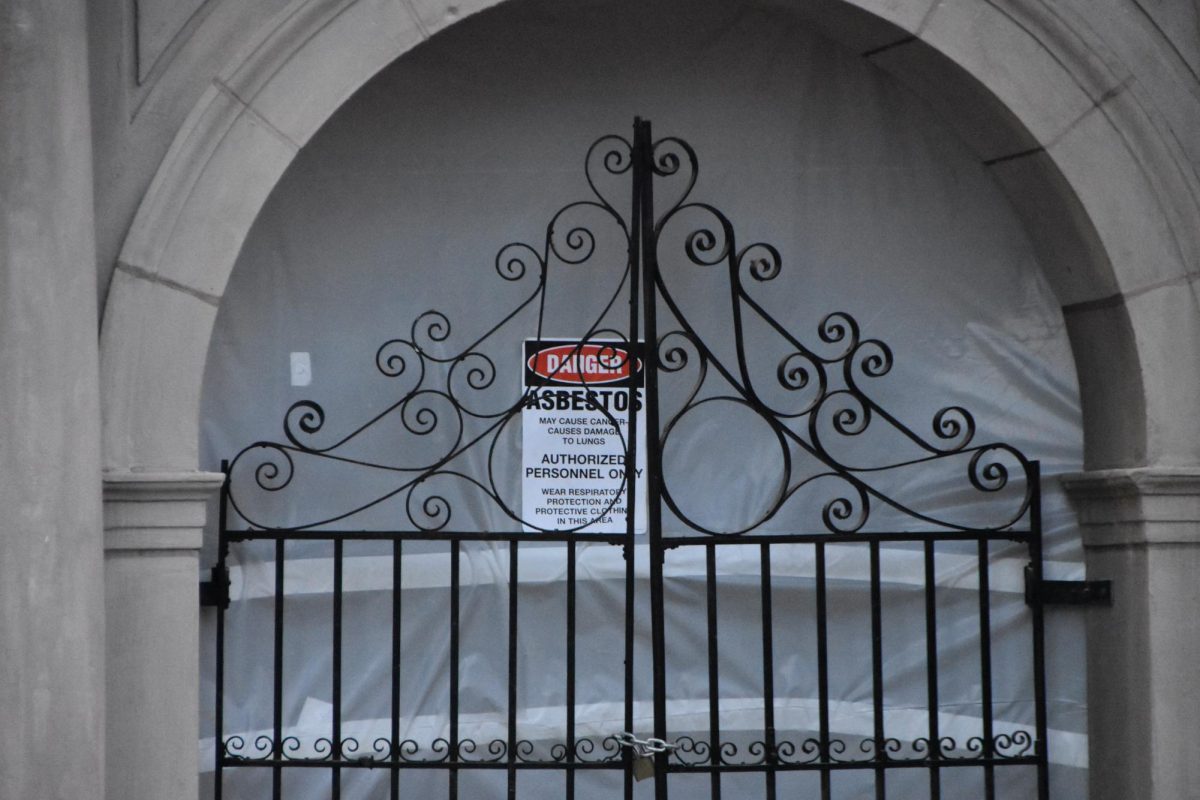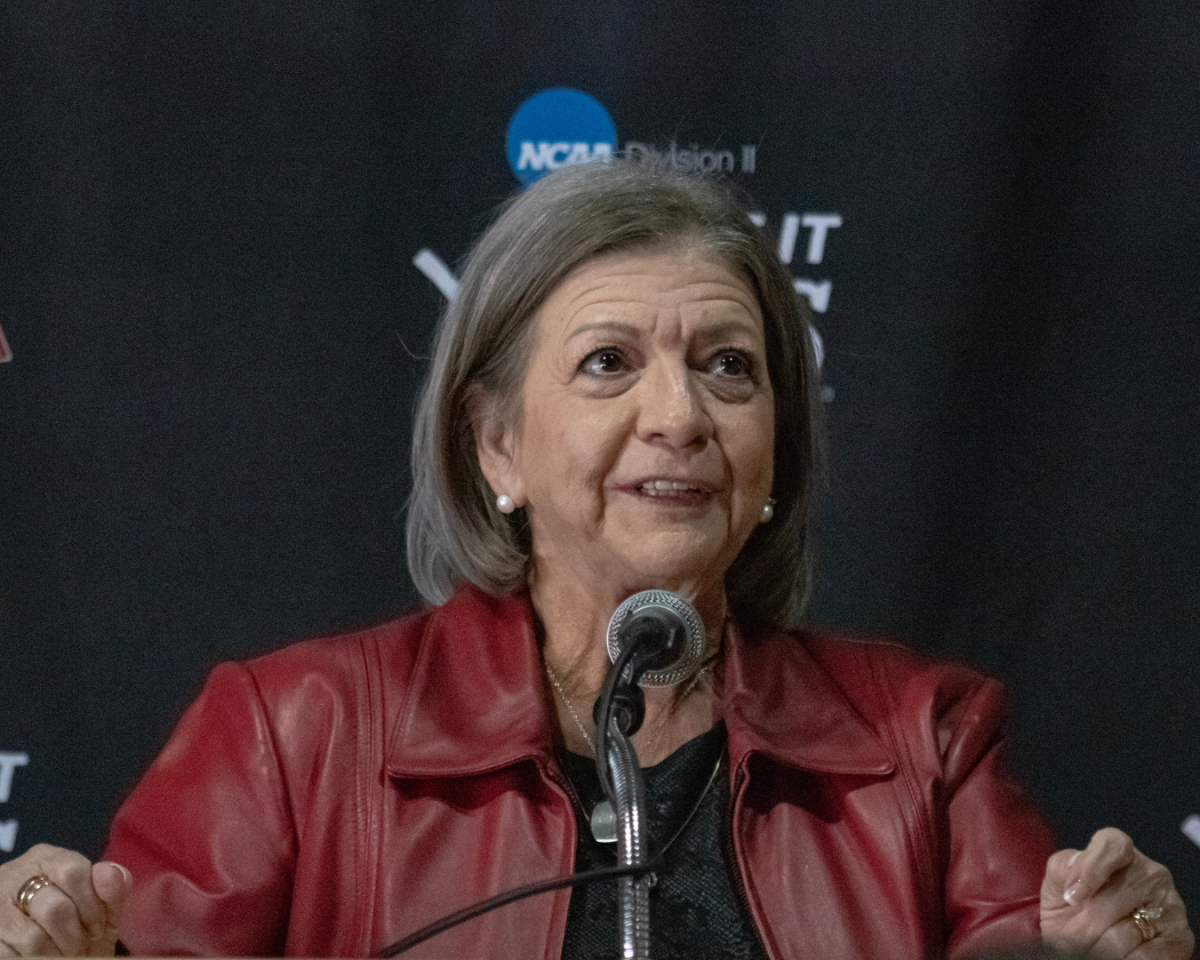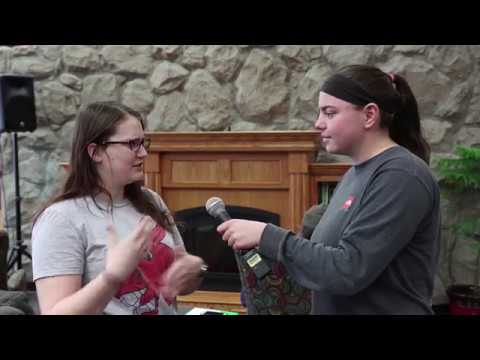(VANDENBERG AIR FORCE BASE, Calif., AP) — A rocket carrying a NASA satellite lit up the pre-dawn skies Wednesday on a mission to track the chief culprit behind global warming.
The Delta 2 rocket blasted off from Vandenberg Air Force Base along the central California coast and sped toward low-Earth orbit. It separated from the global warming satellite about an hour after liftoff.
The launch was canceled on Tuesday morning because of an equipment failure.
NASA tried in 2009 to launch a satellite dedicated to studying carbon dioxide, the main greenhouse gas caused by the burning of fossil fuels. A satellite plunged into the ocean off Antarctica after a hardware failure with the Taurus XL rocket.
After the loss, NASA spent several years and millions of dollars building a near-identical twin.
Like the original, the satellite known as Orbiting Carbon Observatory-2, or OCO-2 for short, will sniff for carbon dioxide from 438 miles above the Earth’s surface.
About 40 billion tons of carbon dioxide are released yearly from factories and cars. About half of the greenhouse gas is trapped in the atmosphere, while the rest is sucked up by trees and oceans.
The goal of the $468 million mission, designed to last at least two years, is to study the processes behind how the environment absorbs carbon dioxide.
NASA spent more money on the new mission, mainly because it’s using a more expensive rocket. Engineers also had to replace obsolete satellite parts, which drove up the price tag.
The launch was canceled on Tuesday morning because of an equipment failure.
NASA tried in 2009 to launch a satellite dedicated to studying carbon dioxide, the main greenhouse gas caused by the burning of fossil fuels. A satellite plunged into the ocean off Antarctica after a hardware failure with the Taurus XL rocket.
After the loss, NASA spent several years and millions of dollars building a near-identical twin.
Like the original, the satellite known as Orbiting Carbon Observatory-2, or OCO-2 for short, will sniff for carbon dioxide from 438 miles above the Earth’s surface.
About 40 billion tons of carbon dioxide are released yearly from factories and cars. About half of the greenhouse gas is trapped in the atmosphere, while the rest is sucked up by trees and oceans.
The goal of the $468 million mission, designed to last at least two years, is to study the processes behind how the environment absorbs carbon dioxide.
NASA spent more money on the new mission, mainly because it’s using a more expensive rocket. Engineers also had to replace obsolete satellite parts, which drove up the price tag.
Story continues below advertisement












































